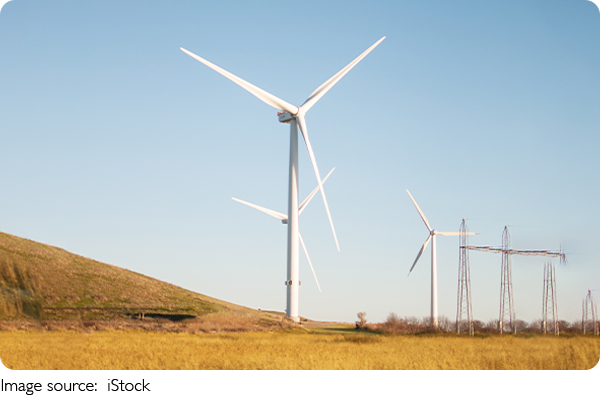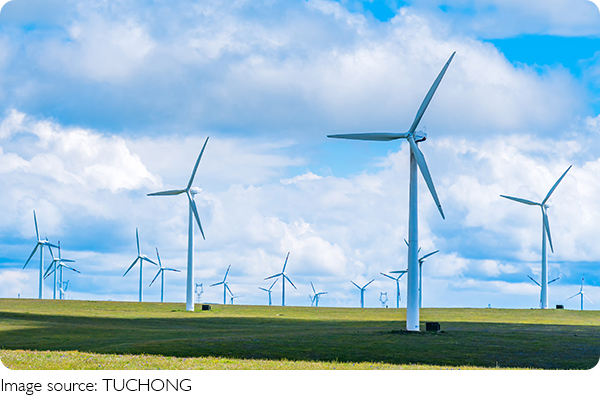Wind Energy: Green Power

Wind energy, as a form of clean and renewable power, is increasingly important in today’s energy landscape.
This article will discuss the definition, types, and significance of wind energy, aiming to deepen our understanding of its current role and potential in contemporary energy systems.
1. Definition
Wind results from the natural phenomenon of air movement, caused by uneven heating of the Earth’s surface. Wind energy, in turn, refers to the conversion of wind’s kinetic energy into other forms, such as electrical or mechanical power.
It is primarily harnessed through wind turbines, which collect and convert wind into clean electricity. Unlike traditional fossil fuels, wind energy produces no pollution or emissions during power generation, making it an environmentally friendly option.
2. Types of Wind Energy
Wind energy technology can be classified into several main types:
- Onshore Wind Power: Also known as land-based wind power, this is the most widespread form of wind energy generation. Onshore wind farms are typically set up in areas with stable wind conditions, such as plains or mountains. This technology is well-established, widely implemented, and has relatively low costs in many countries.
- Offshore Wind Power: Offshore wind power has gained attention in recent years, especially in coastal regions. Offshore wind resources are often stronger, especially in shallow sea areas, but the costs of installation and maintenance are higher, and the technology required is more complex. Nevertheless, offshore wind offers high energy efficiency and has significant potential.
- Small-Scale Wind Power: This form is generally used in rural, remote, or personal settings. Small-scale wind power systems typically have lower capacity and can supply power to individual households or communities. They are common in remote areas of both developed and developing countries, serving as a valuable supplement in regions with limited access to energy.
- Hybrid Wind-Solar Systems: These systems combine wind and solar power to achieve complementary energy generation. Hybrid systems are particularly suitable for areas with unstable resources, and through smart controls, they enhance the continuity and stability of the energy supply.
3. Significance
Wind energy, as an essential renewable resource, holds multiple benefits:
- Environmental Benefits: The use of wind energy significantly reduces greenhouse gas emissions, which is crucial in combating global climate change. Unlike fossil fuels, wind power generation does not emit pollutants, minimizing its impact on air quality and the ecosystem.
- Energy Independence: Broad application of wind energy helps increase national energy self-sufficiency and reduces reliance on oil and coal. In a global context of energy crises and frequent price fluctuations, the independence provided by wind energy is especially valuable.
- Economic Benefits: The wind energy sector drives growth in industries such as wind turbine manufacturing, maintenance, and logistics, creating substantial job opportunities. Moreover, as wind power costs decrease year by year, it has become a primary energy source in certain countries, contributing to lower overall energy prices.

- Social Impact: Wind energy promotes awareness of green energy and encourages low-carbon living, advancing public understanding of environmental and sustainability issues. Its role in the energy transition supports the development of a more sustainable society.
As a clean, low-carbon renewable resource, wind energy has become a vital component of the global energy transition. With continuous advancements in technology and broader applications, wind energy is expected to play an even larger role in future energy systems, driving sustainable development and delivering a more resilient energy landscape.

 · Astronomy Team
· Astronomy Team